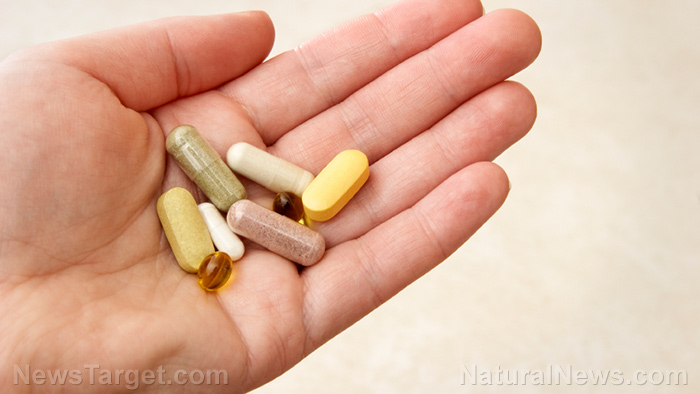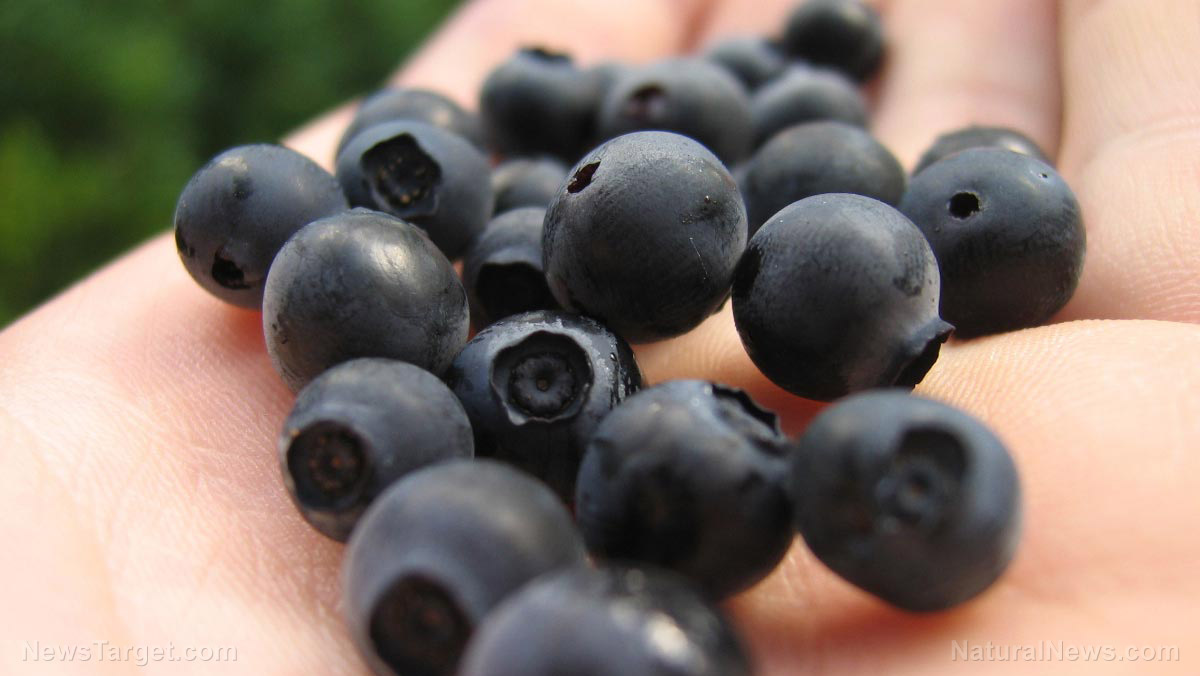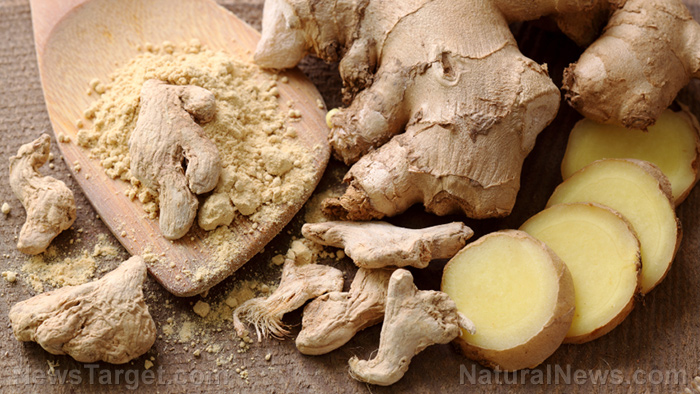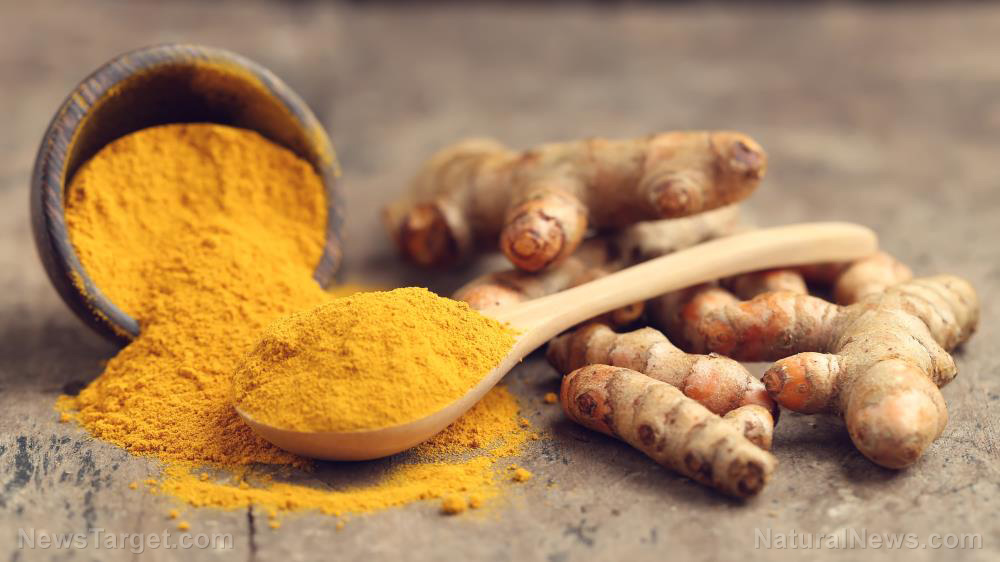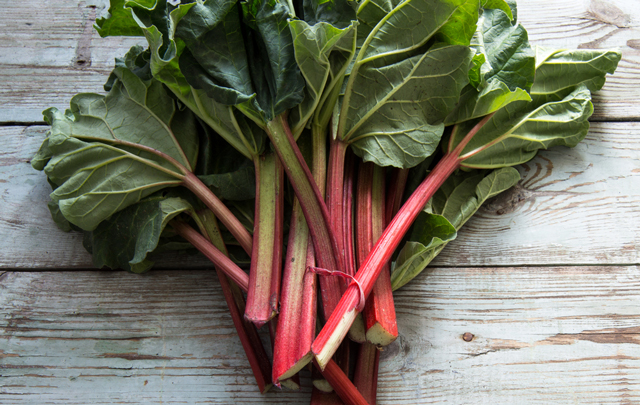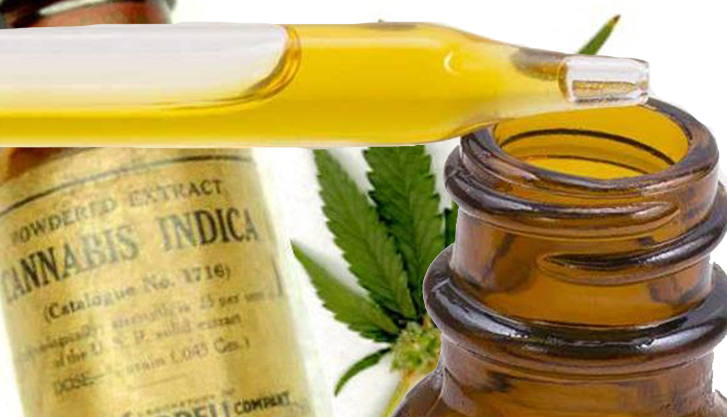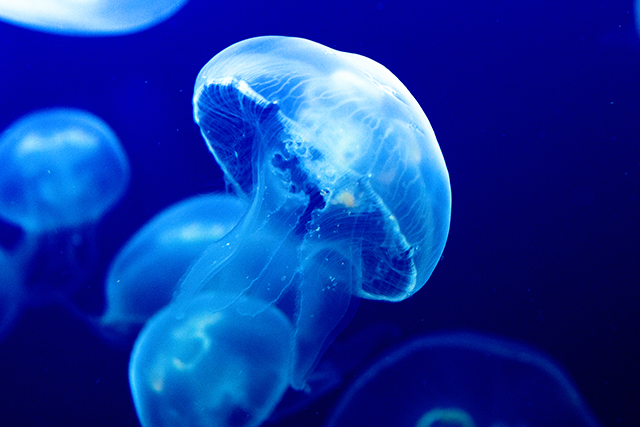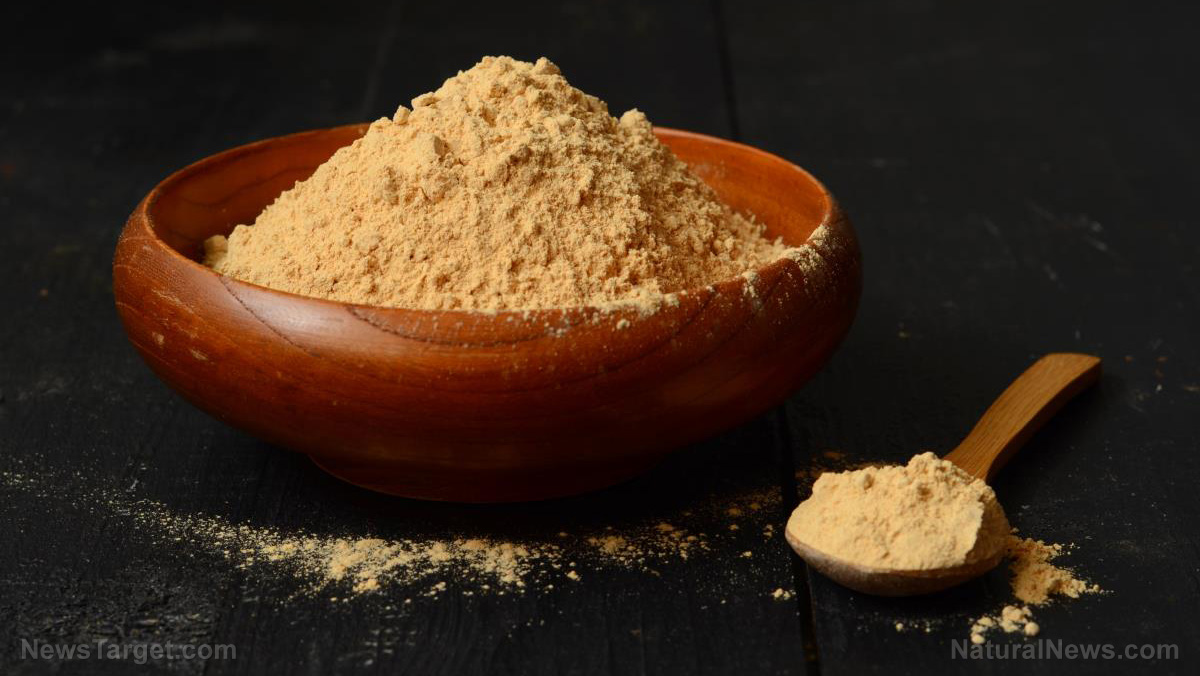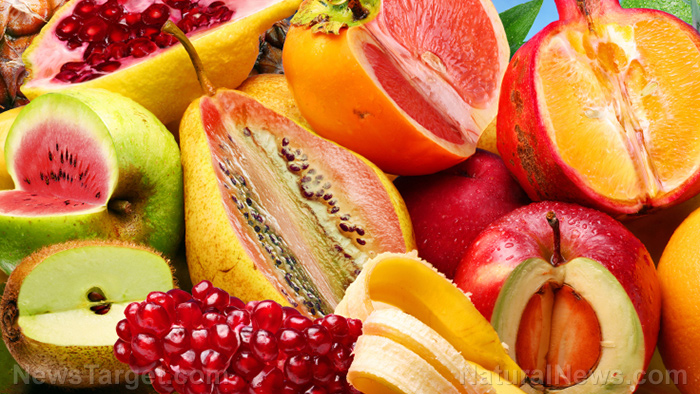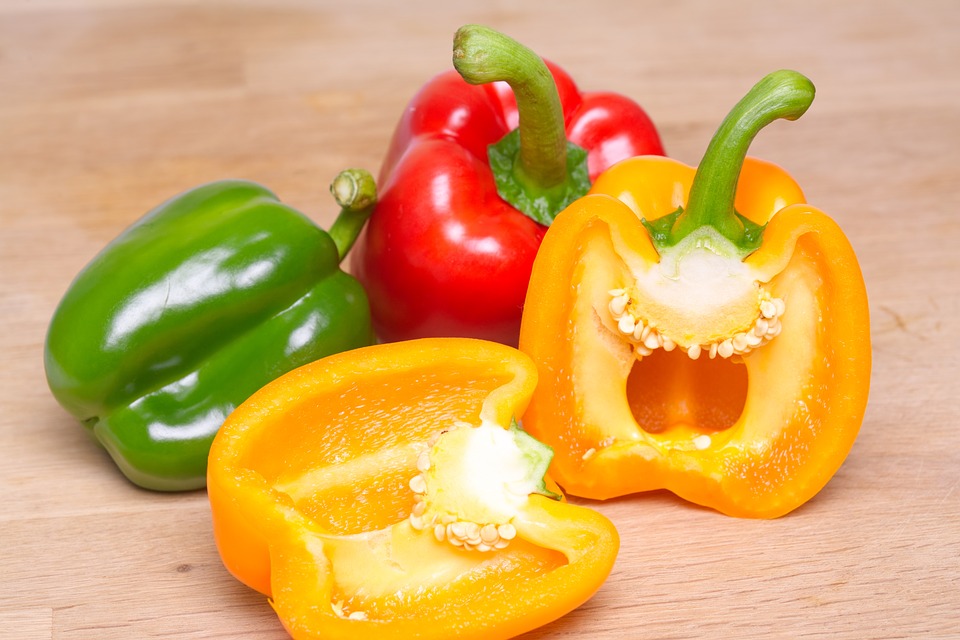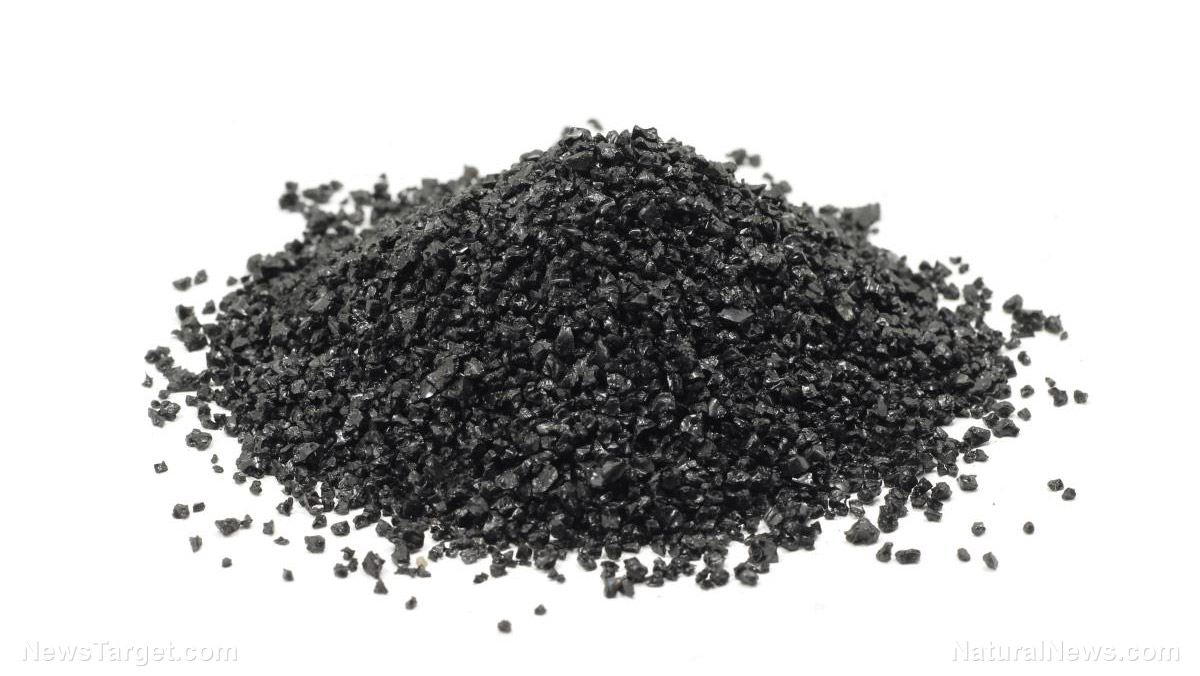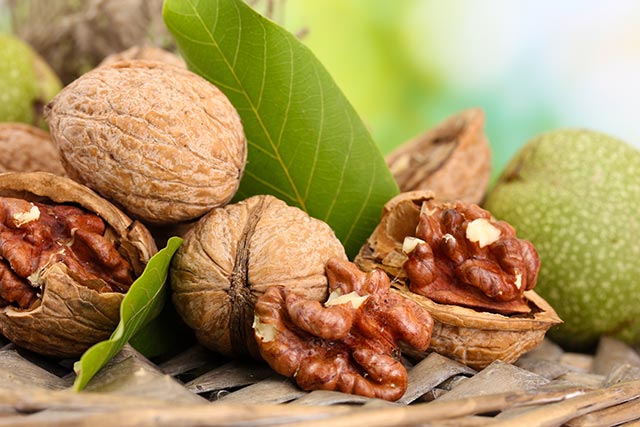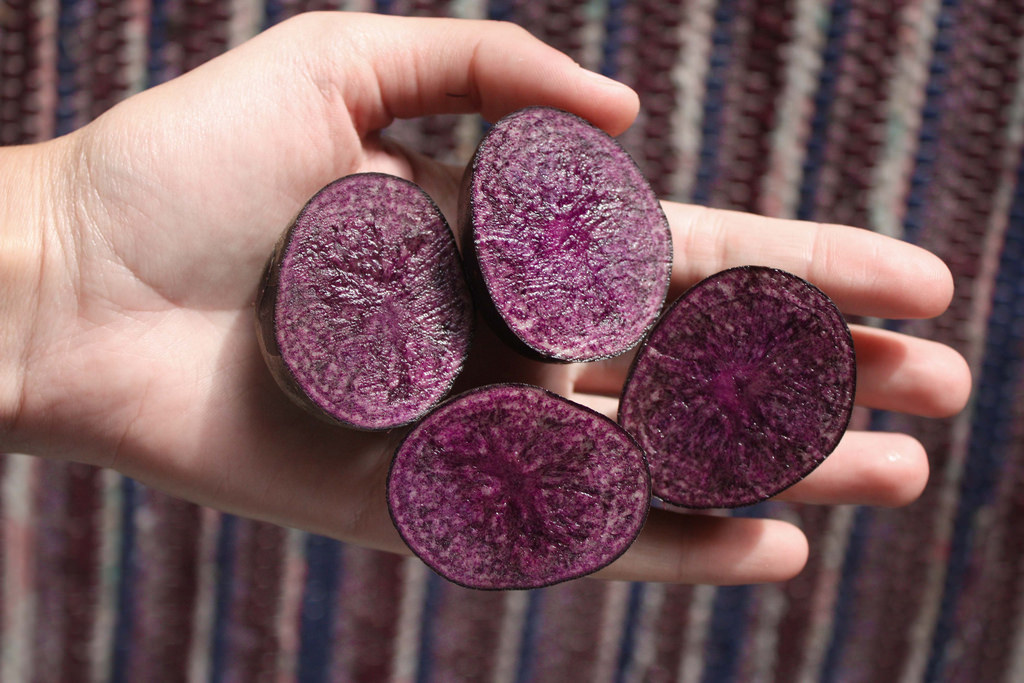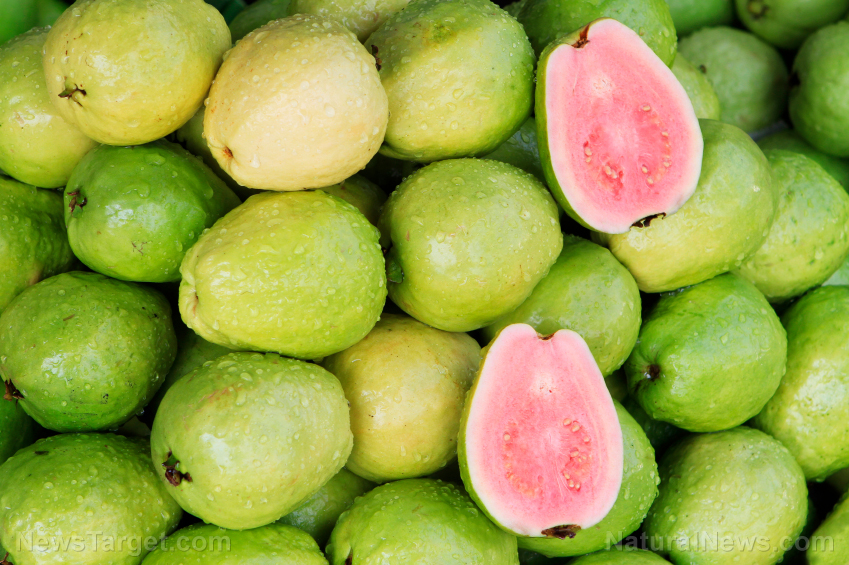Natural insecticides are proven yet again to be more effective than toxic synthetics
09/30/2018 / By Michelle Simmons

Why use commercial pesticides that are harmful to human health and the environment when there are safe and more effective natural ones are available? A study published in the journal Industrial Crops and Products discovered that plants native in Chile, such as canelo (Drimys winteri), tabaco del diablo (Lobelia tupa), huevil (Vestia foetida), and violeta (Viola portalesia), can be used as natural insecticides.
In the study, a team of researchers from Chile tested the effectiveness of the Chilean plants canelo, tabaco del diablo, huevil, and violeta as natural insecticides. The research team used the extracts and compounds of the Chilean plants to test their insecticidal activities against granary weevil (Sitophilus granarius), which is one of the most common and damaging pests of stored cereals.
Results revealed that the total extracts of the Chilean plants exhibited insecticidal activity against the granary weevil insects. Extracts of canelo caused the death of 87.5 percent of insects; while tabaco del diablo, huevil, and violeta extracts caused the death of 80, 56, and 45 percent of the insects, respectively.
The research team also determined the active compounds in the Chilean plants. They discovered that the active compounds in canelo were polygodial, drimenol, and drimenin, while tabaco del diablo has lobelanidine as its active compound. They then used these compounds to treat grains. Results showed that these purified compounds exhibited insecticidal activity against granary weevil in a dose dependent-time manner, with polygoidal exhibiting the greatest protection.
100% organic essential oil sets now available for your home and personal care, including Rosemary, Oregano, Eucalyptus, Tea Tree, Clary Sage and more, all 100% organic and laboratory tested for safety. A multitude of uses, from stress reduction to topical first aid. See the complete listing here, and help support this news site.
Based on the findings of the study, the research team concluded that these Chilean plants can potentially be used as natural pesticides for insect pest control.
The harmful effects of commercial pesticides
Commercial pesticides contain toxic substances that are meant to kill weeds, insects, fungus, rodents, and others. However, these are also toxic to every living organisms, including humans. Exposure to these pesticides has been associated with many health hazards, ranging from short-term toxicity such as headaches and nausea to chronic toxicity including cancer, reproductive damage, and endocrine disruption. They can also cause nerve, skin, and eye irritation and impairment, dizziness, fatigue, and systemic poisoning – which can be severe and deadly.
Pesticides can likewise damage agricultural land as they harm beneficial insect species, soil microorganisms, and worms that naturally limit pest populations and keep the soil healthy. As pesticides go into the soil, they also weaken plant root systems and immune systems and decrease the amounts of essential plant nutrients in the soil, including nitrogen and phosphorous.
One way to reduce exposure to pesticides is to eat organic produce. Earlier this year, the Environmental Working Group (EWG) released the latest list of the dirtiest and cleanest fruits and vegetables available in the U.S. market. The “Dirty Dozen,” or the food items with the most pesticide residues, for 2018 include the following (in order):
- Strawberries
- Spinach
- Nectarines
- Apples
- Grapes
- Peaches
- Cherries
- Pears
- Tomatoes
- Celery
- Potatoes
- Sweet bell peppers
More than 98 percent of the top four produce listed tested positive for at least one pesticide residue. Moreover, spinach samples had almost twice the amount of pesticide residue by weight compared to other crops. In total, the EWG found that nearly 70 percent of inorganic produce contained some level of pesticide residue. (Related: 2 Simple Tricks to Remove Pesticides From Fruits & Vegetables.)
The EWG also has a list called the “Clean Fifteen,” which are fruits and vegetables that are more likely to have the least pesticide residues. The Clean Fifteen for 2018 are:
- Avocados
- Sweet corn
- Pineapples
- Cabbage
- Onions
- Sweet frozen peas
- Papayas
- Asparagus
- Mangos
- Eggplant
- Honeydew melon
- Kiwi
- Cantaloupe
- Cauliflower
- Broccoli
This list is part of the EWG’s Shopper’s Guide to Pesticides in Produce, a guide that aims to be a resource for consumers who cannot buy organic produce. This helps consumers to buy produce types based on their possible pesticide contamination.
Read more news stories and studies on natural pesticides by going to Pesticides.news.
Sources include:
Tagged Under: canelo, chemicals, Chile, Chilean native plants, Ecology, food science, harvest, huevil, insecticides, natural insecticides, organic agriculture, organics, tabaco del diablo, violeta

